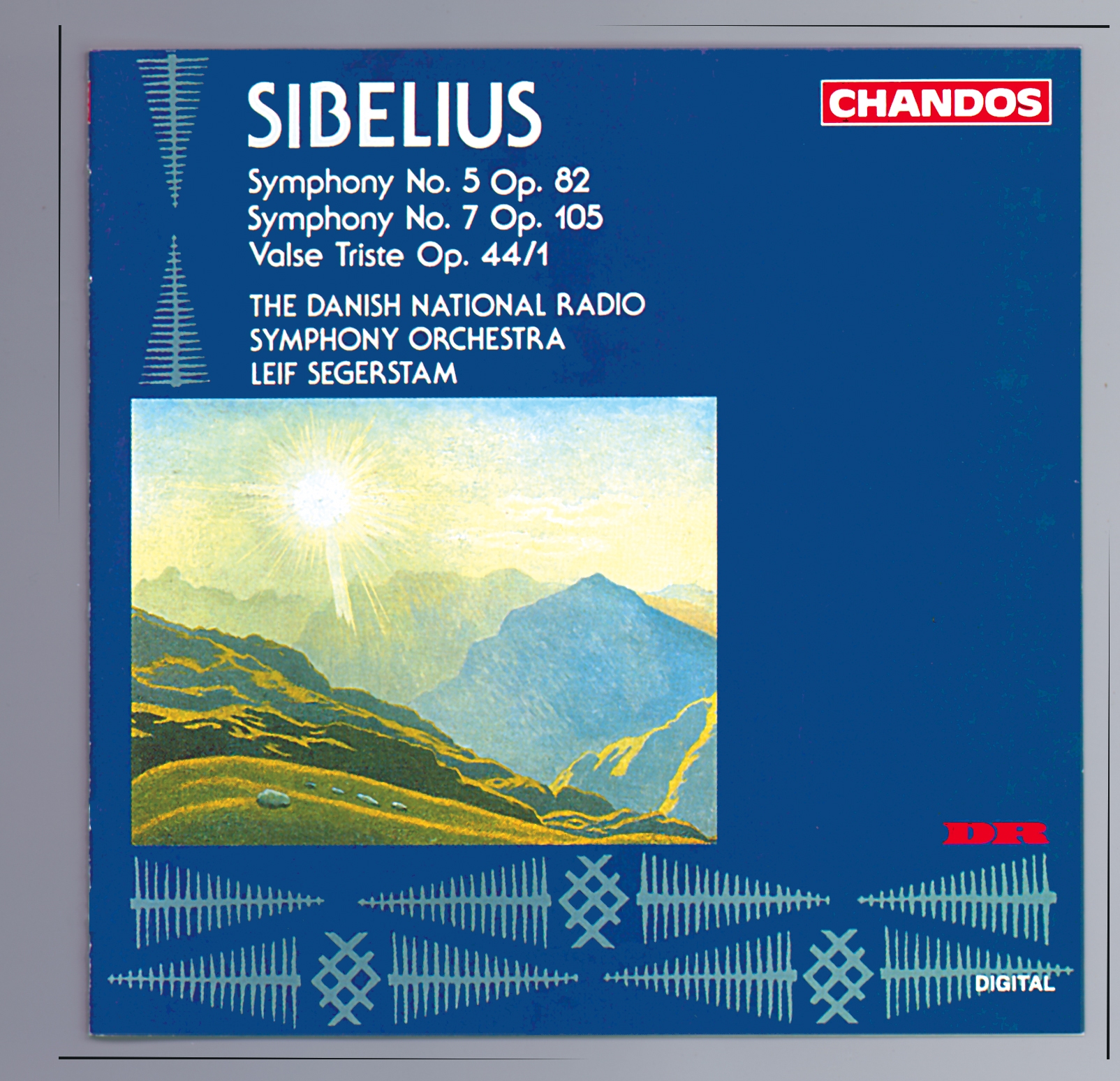
And yet, it seems somehow unnecessary to explain away, and in a sense undermine, Sibelius’s hard-won efforts to let this symphony flow according to its own will. Other readings view the ultimate structure as an outgrowth of Sibelius’s initial three-movement plan. with a coda consisting of Affetuoso-Tempo I Thus viewed, the groupings tend to fall something like this: Some analysts, wanting to associate this piece more closely with traditional symphonic form, have linked some sections so as to suggest a four-movement piece. Within that single, brief movement Sibelius’s music passes through eleven discrete sections marked with differing tempos. 7 (in einem Satze) ,” thereby admitting it to the roster of his full-scale, “proper” symphonies. He changed his mind only shortly before the work’s publication, writing to the publisher Wilhelm Hansen, “Best if its name is Symphonie No. That’s what it was called when he conducted the premiere, and the first few ensuing performances. The form is not one traditionally associated with a symphony in fact, Sibelius intended to title the piece Fantasia sinfonica. In the end, he brought everything together into a single movement lasting some twenty-two minutes. Sibelius makes clear that, when his Seventh Symphony was in its early stages, he sensed that it would comprise three separate movements. As usual, I am a slave to my themes and submit to their demands.…These new symphonies of mine are more in the nature of professions of faith than my other works. In three movements-the last a “Hellenic Rondo.”Īll this with due reservations.It looks as if I shall come out with all three of these symphonies at the same time.…As usual, the sculptural is more prominent in my music.…With regard to symphonies VI and VII, the plans may possibly be altered, depending on the way my musical ideas develop. Joy of life and vitalité with appassionata passages. The Sixth Symphony is wild and impassioned in character. The Fifth Symphony is in a new form.…a spiritual intensification until the end. My new works, partly sketched and planned.

This document provides one of the earliest glimpses into the Seventh Symphony as a work-in-progress: On May 20, 1918, he wrote a letter to an unknown recipient that relates, in somewhat telegraphic style, the formative stage of his final three symphonies. Work proceeded in parallel for some while, but not until Sibelius signed off on his Sixth could he focus on his Seventh Symphony without distraction, which he did for a further thirteen months. THE BACKSTORY In 1918, Sibelius was not only completing his Fifth Symphony and beginning his Sixth he was also getting underway with his Seventh, which would ultimately bring his symphonic output to a close. INSTRUMENTATION: 2 flutes, 2 oboes, 2 clarinets, 2 bassoons, 4 horns, 3 trumpets, 3 trombones, timpani, and strings The composer conducted the Konsertförening Orchestra, at the Auditorium in Stockholm, Sweden Tavastehus (Hämeenlinna), FinlandĬOMPOSED: Also begun in 1918, completed March 2, 1924


 0 kommentar(er)
0 kommentar(er)
